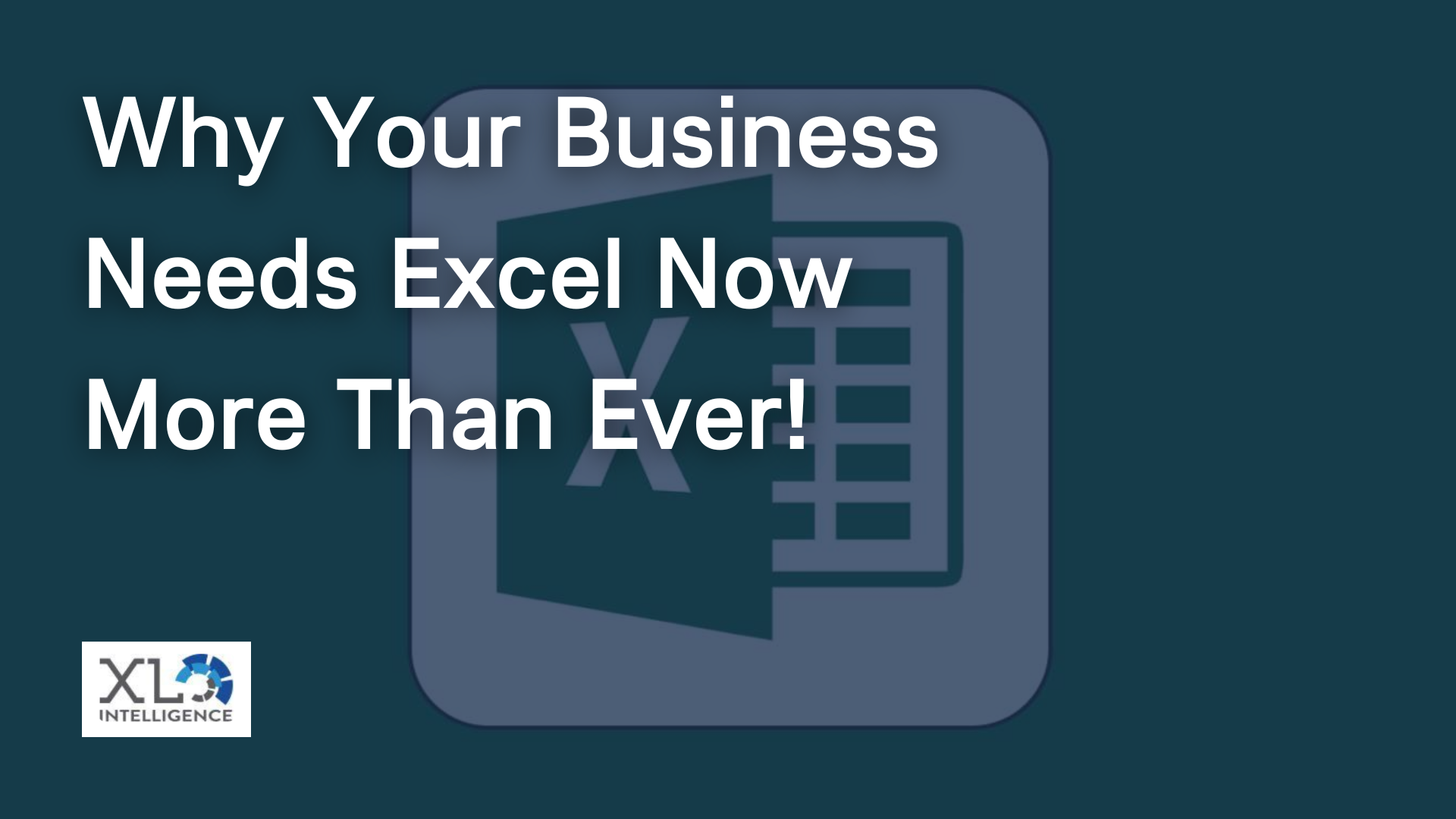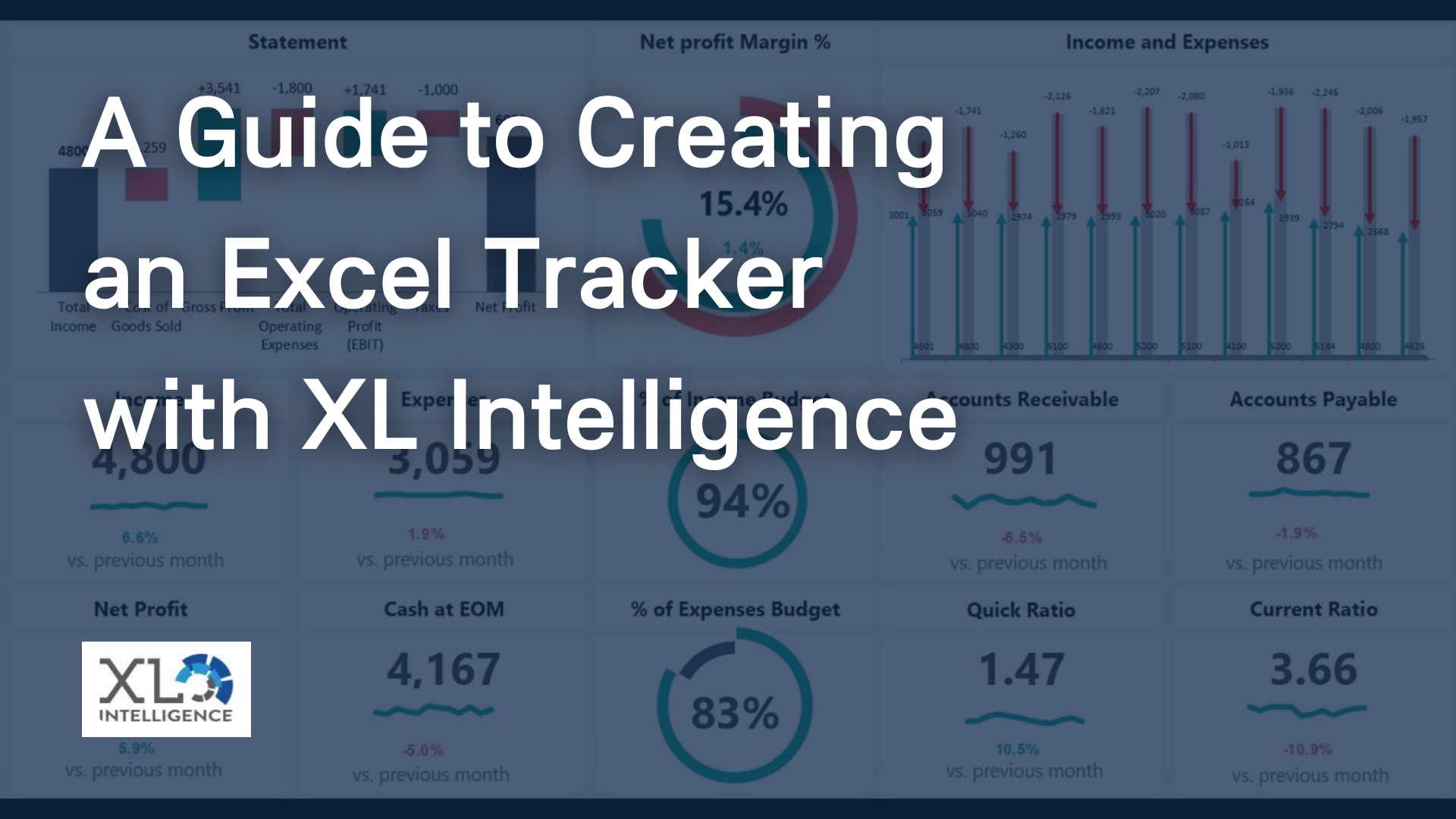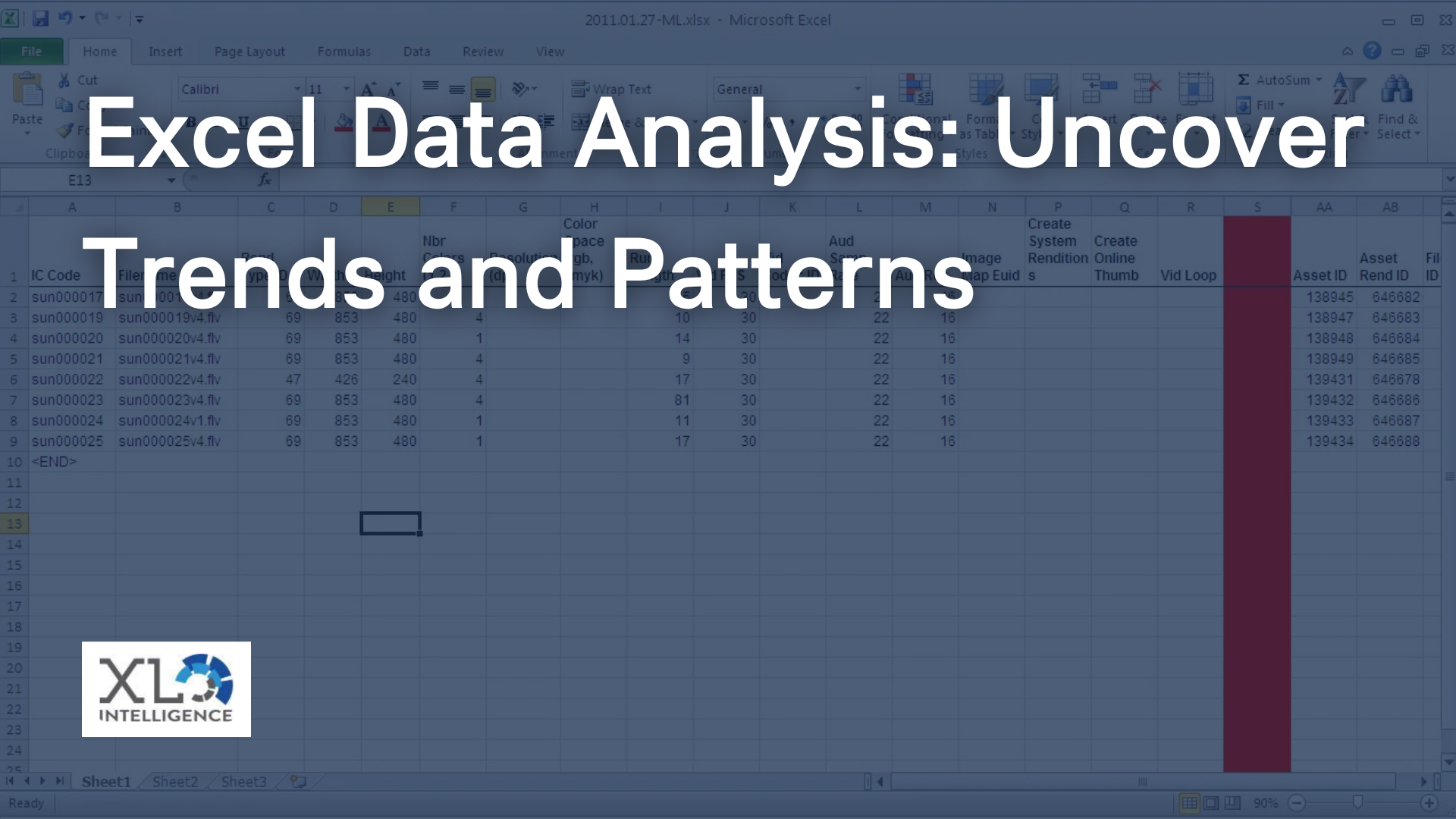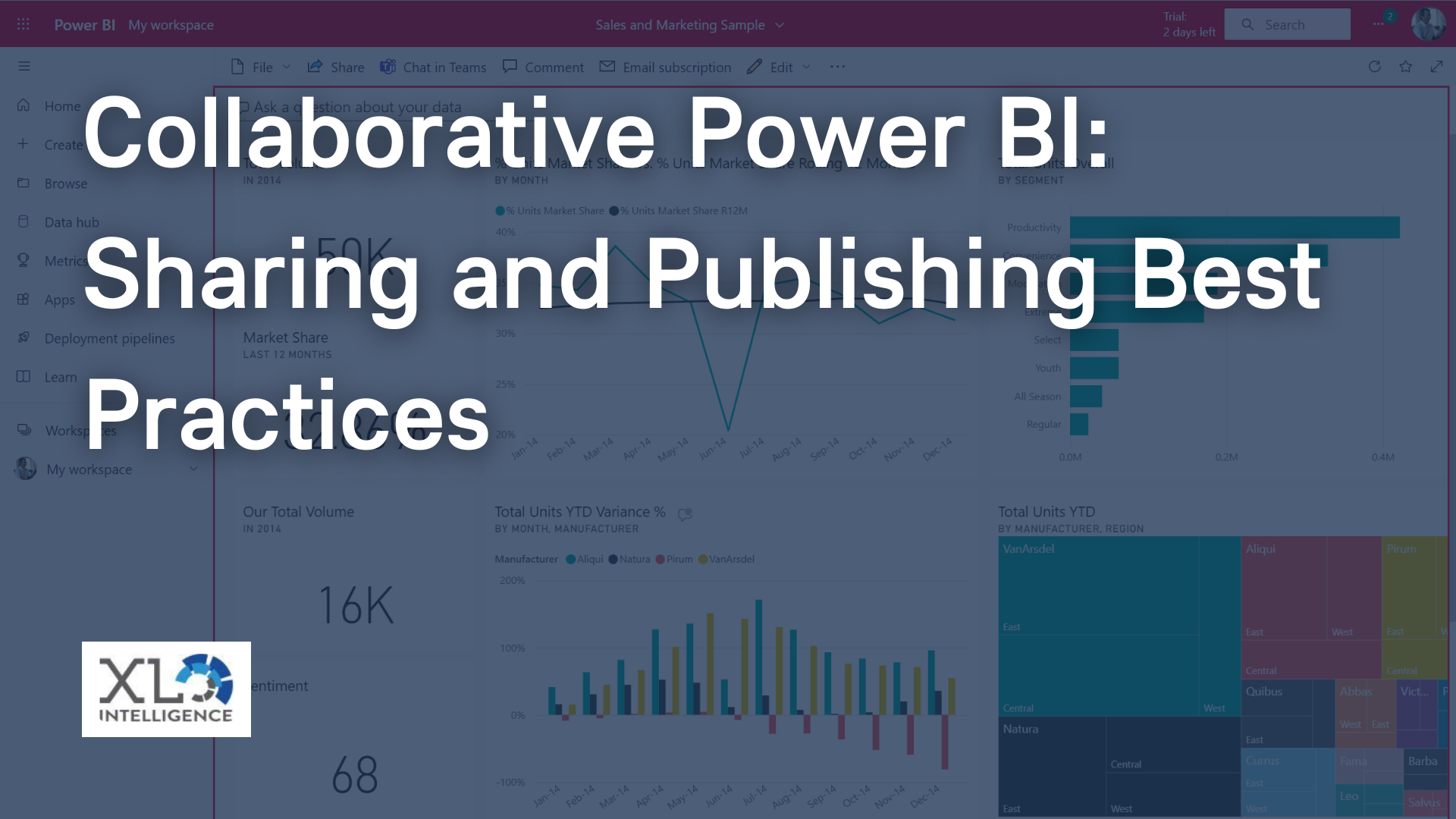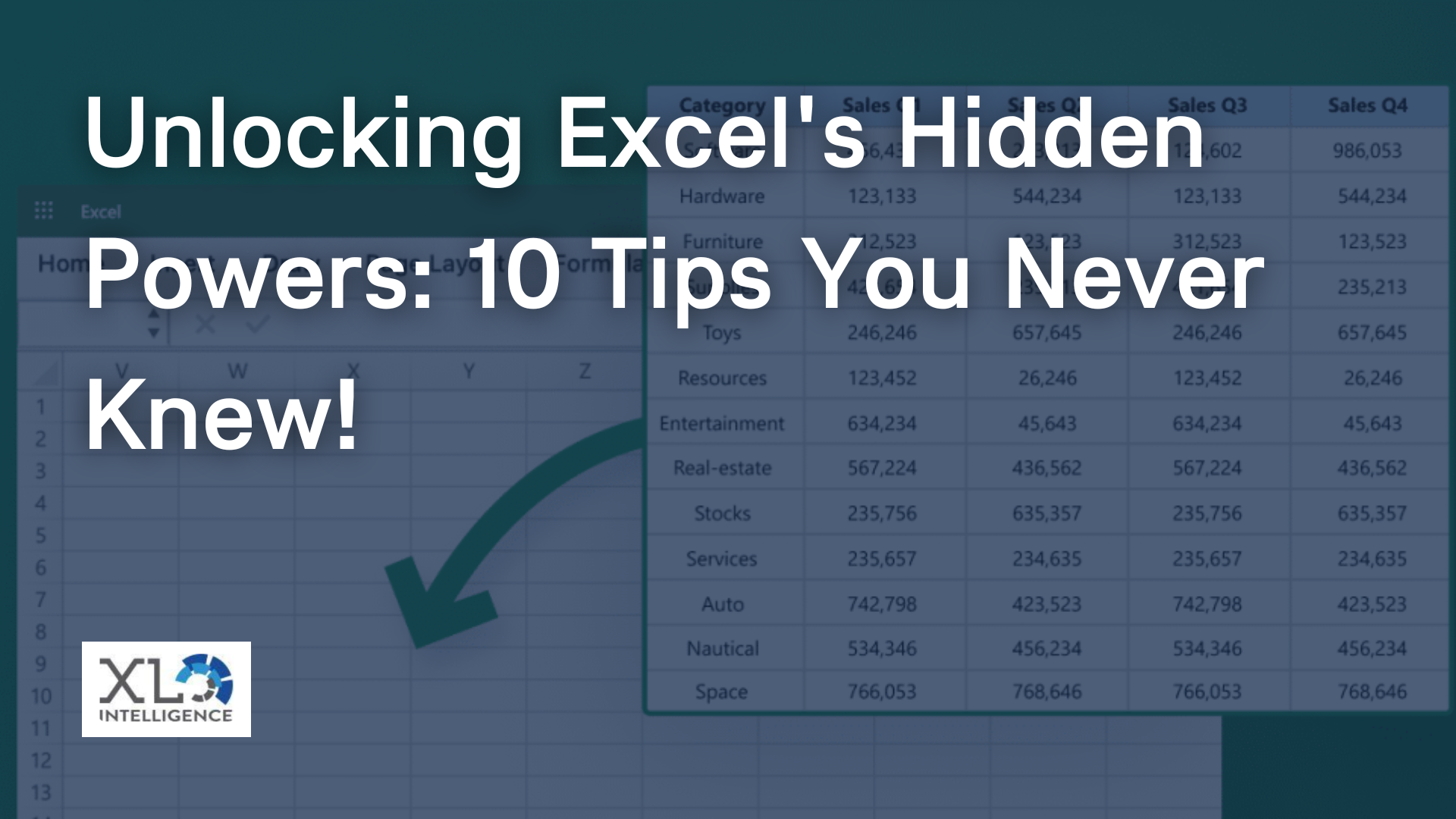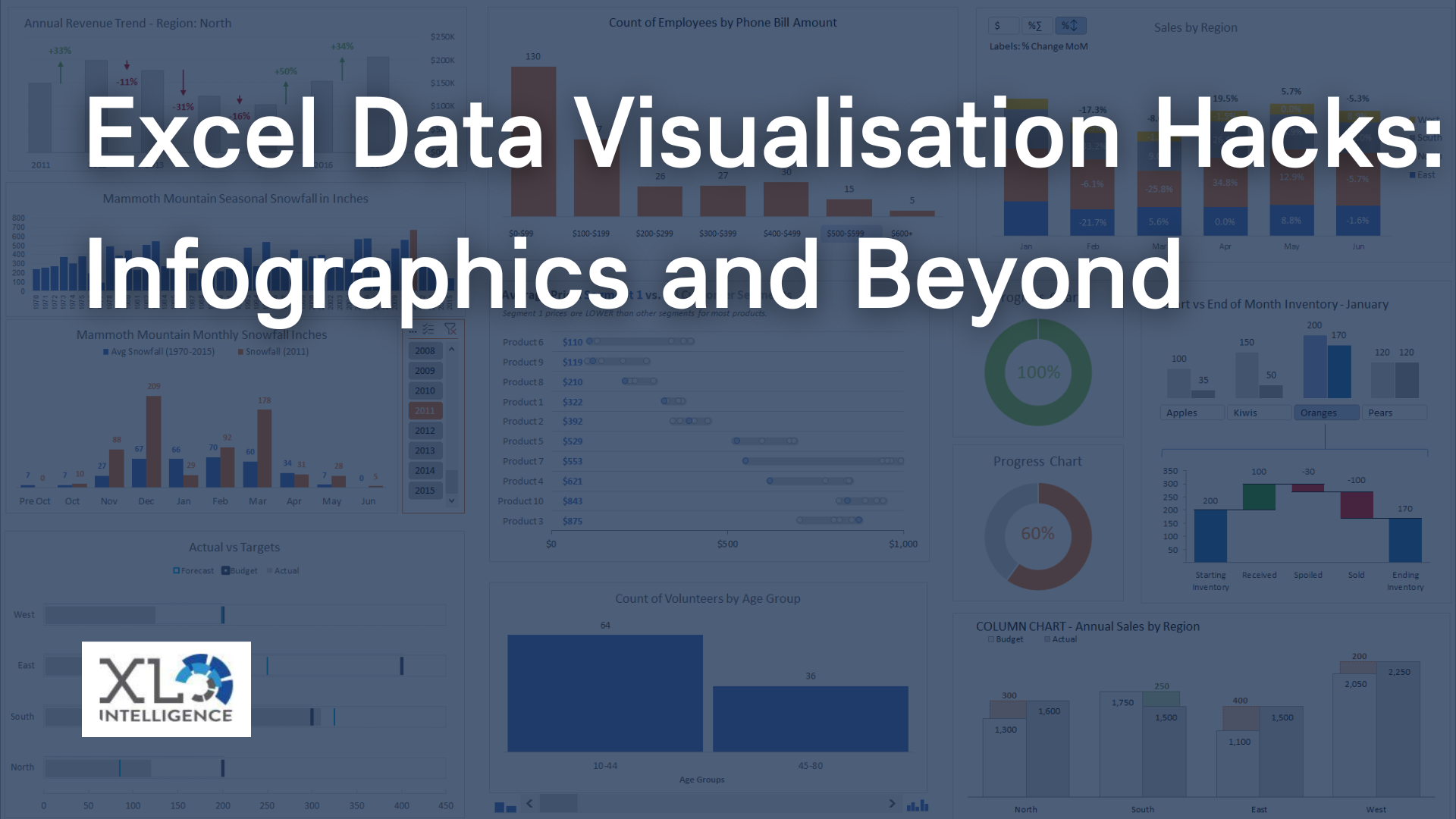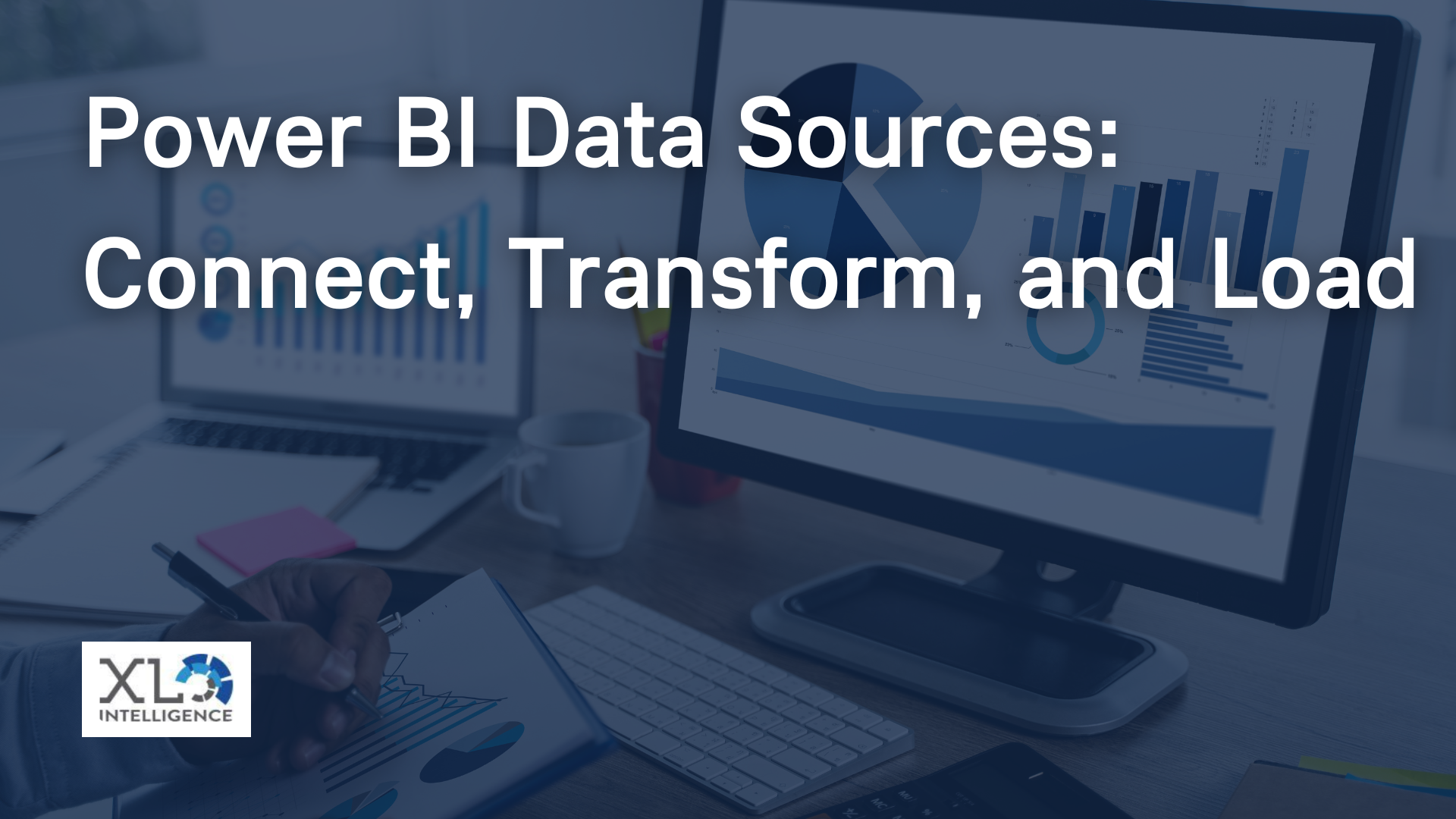Power BI performance optimisation
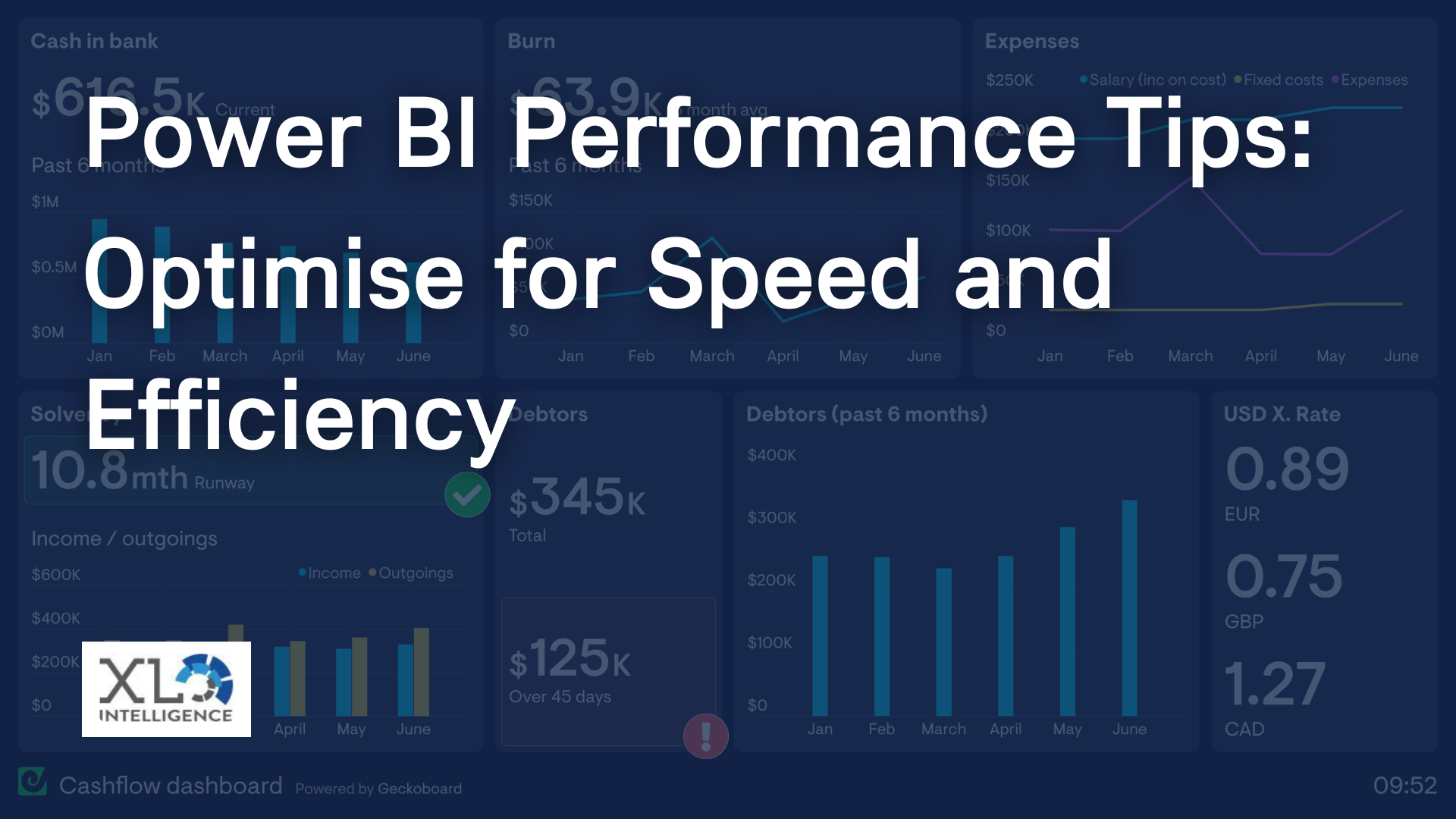
In today's data-driven world, Power BI has become an indispensable tool for businesses seeking to extract meaningful insights from their data. However, as your data grows, so does the need for optimal performance. At XL Intelligence, we understand the critical importance of Power BI performance optimisation. In this article, we will delve into the key factors impacting Power BI performance and provide you with actionable tips to ensure your Power BI reports run smoothly and efficiently.
Understanding Power BI Performance
Power BI performance optimisation is the process of fine-tuning your reports and dashboards to ensure they load quickly and respond efficiently to user interactions. To appreciate the significance of this, let's consider a scenario that many of us can relate to.
The Slow-Loading Report
Imagine you're in a crucial meeting, presenting your quarterly sales data to senior executives. You've spent hours crafting a compelling Power BI report, but as you click to load it, the dreaded loading spinner appears. Seconds feel like hours, and frustration mounts as you wait for the report to render.
This scenario illustrates the real-world impact of poor Power BI performance. Reports that are slow to load or respond to user interactions can lead to missed opportunities, frustrated stakeholders, and ultimately, a less effective decision-making process.
Key Factors Impacting Performance
Several factors influence Power BI performance, and understanding them is the first step towards optimisation. Let's explore these factors in detail.
Data Volume and Complexity
The volume and complexity of your data can significantly affect Power BI performance. As your dataset grows, queries become more resource-intensive, leading to slower report rendering times. At XL Intelligence, we've encountered clients dealing with vast datasets, and we've found that effective data pruning and filtering are essential to maintain performance.
Data Model Design
The foundation of any Power BI report is its data model. A well-structured data model can drastically improve performance. To illustrate this point, let's consider an analogy:
Think of your data model as the blueprint for a house. A well-designed blueprint ensures a sturdy and efficient structure. On the other hand, a haphasard blueprint can lead to a shaky foundation and a less-than-ideal living space.
Similarly, a well-designed data model optimises query performance, while a poorly designed one can lead to sluggish reports. At XL Intelligence, we work closely with our clients to ensure their data models are structured for optimal performance.
DAX Formulas and Calculations
DAX (Data Analysis Expressions) formulas and calculations are the brains behind your Power BI reports. They play a pivotal role in processing and aggregating data. However, poorly optimised DAX calculations can be a major bottleneck in your report's performance.
XL Intelligence's Power BI Performance Tips
Now that we've explored the key factors affecting Power BI performance, let's dive into actionable tips to optimise your reports.
Tip 1: Data Modeling Best Practices
Effective data modelling is the cornerstone of Power BI performance optimization. Here are some best practices:
- Use star or snowflake schema: Structuring your data model in a star or snowflake schema reduces complexity and improves query performance.
- Implement filtering strategies: Apply appropriate filters to reduce the volume of data loaded into your report.
- Utilise calculated tables: Replace complex DAX calculations with pre-calculated tables for faster results.
Tip 2: Optimising DAX Calculations
DAX calculations are at the heart of Power BI reports. To optimise them:
- Minimise calculated columns: Use calculated measures instead of calculated columns to reduce memory consumption.
- Leverage the DAX optimiser: Understand how the DAX engine optimises calculations and structure your formulas accordingly.
- Consider using SUMMARISECOLUMNS: This function can improve query performance when dealing with large datasets.
Tip 3: Data Source Optimisation
Efficient data source connectivity is crucial. Consider the following:
- Use DirectQuery or Live Connection: For large datasets, opt for DirectQuery or Live Connection to avoid loading data into Power BI.
- Utilise data source query folding: Leverage the data source's query folding capabilities to push computations back to the source.
Tip 4: Efficient Report Design
Report design can impact performance. To create efficient reports:
- Limit visuals per page: Excessive visuals can slow down rendering. Use tabs or drill-through pages for better organisation.
- Optimise visuals: Ensure visuals are simple and use appropriate visuals types for the data being displayed.
Performance Monitoring and Testing
Optimising Power BI performance is an ongoing process. Regularly monitor your reports and conduct performance tests to identify and address issues proactively. Consider using tools like Power BI Performance Analyser to pinpoint bottlenecks.
Conclusion
In the ever-evolving landscape of data analytics, Power BI continues to be a powerful tool. However, its true potential can only be unlocked through performance optimisation. At XL Intelligence, we are committed to helping businesses like yours achieve peak Power BI performance.
Contact XL Intelligence
Ready to optimise your Power BI performance? Reach out to XL Intelligence today. Our team of experts is here to assist you in harnessing the full potential of your data.
About XL Intelligence
Before you go, let us tell you a bit about who we are. At XL Intelligence, we are passionate about data and dedicated to helping businesses thrive through data-driven insights. Our services encompass Power BI consulting, performance optimisation, and much more. We look forward to partnering with you on your data journey.
Contact XL Intelligence to supercharge your Power BI performance today!
Get in Touch
We will get back to you as soon as possible.
Please try again later.
We specialise in Advanced Excel training, Dashboard development, Data Analysis, Power BI and VBA. We also provide training with, both standard and customised courses to suit your organisation’s needs.
Quick Links
Address
2, 26 Linden Gardens London W2 4ES
Phone
07737 707 548
by SEO Local Services | All Rights Reserved | XLIntelligence


